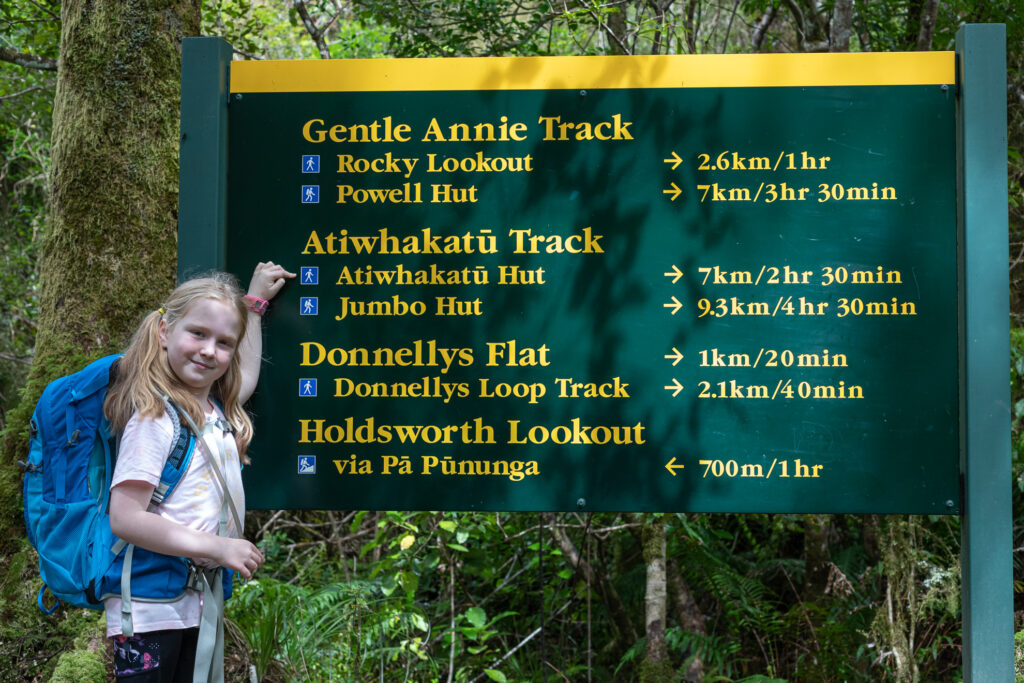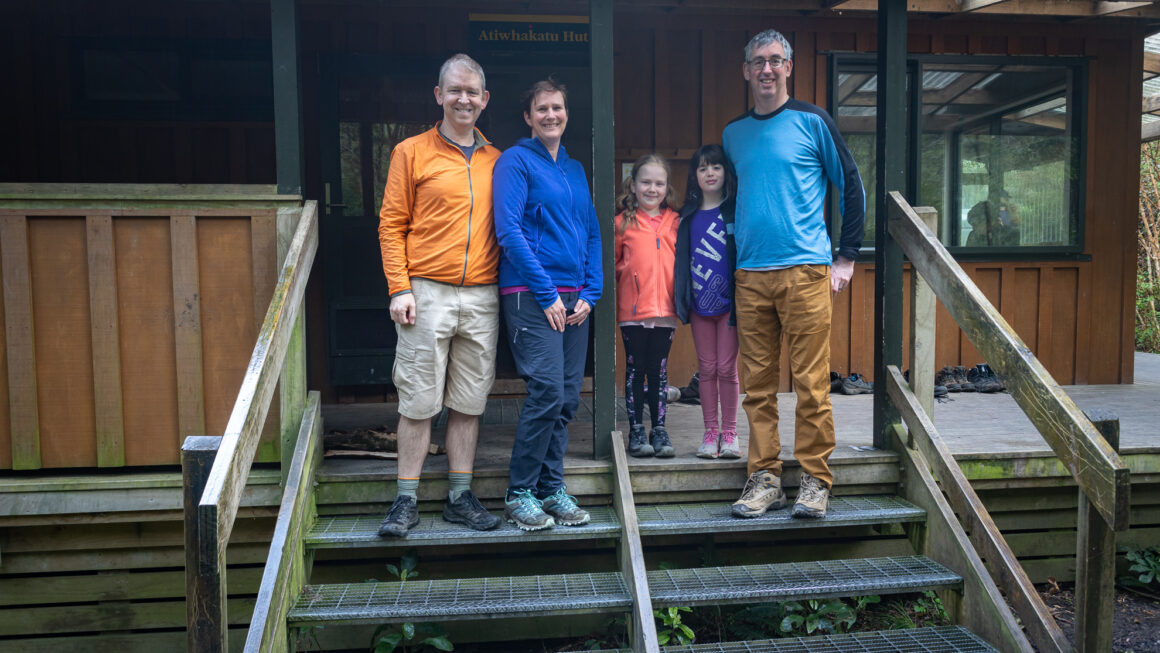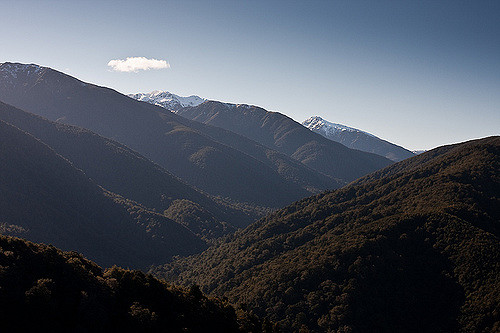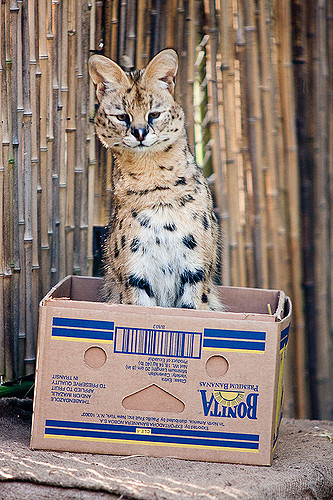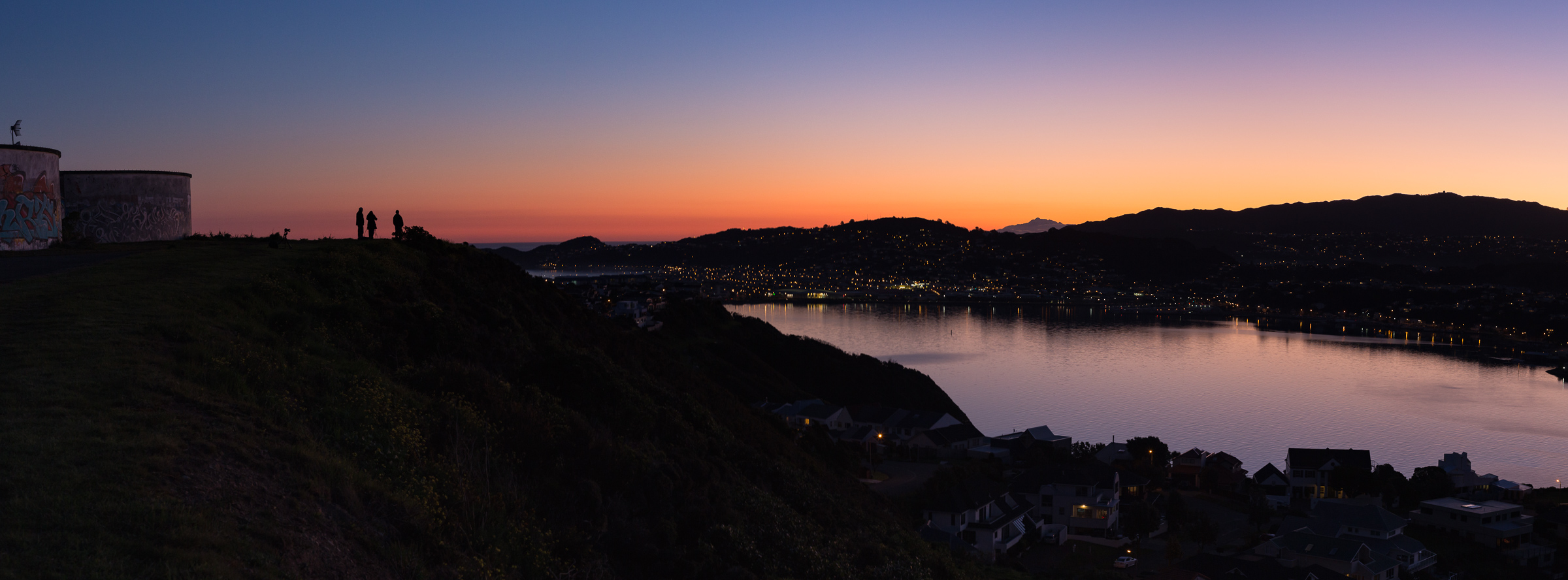After our overnight stay at Raukawa Hut early last year we’d been looking for another hut to visit, so many months ago now we booked a night at Atiwhakatu Hut in the Tararua Forest Park. While we were able to book Raukawa Hut for just our party Atiwhakatu Hut is a bigger hut that sleeps up to 26/30 (depending on what you read). So this time we’d likely be sharing the space with others. Conversely Atiwhakatu Hut isn’t quite as well featured as Raukawa so we needed to take a few more cooking supplies. Still, we had plenty of time to prepare and with a favourable weather forecast we were all set for another overnight hut adventure.
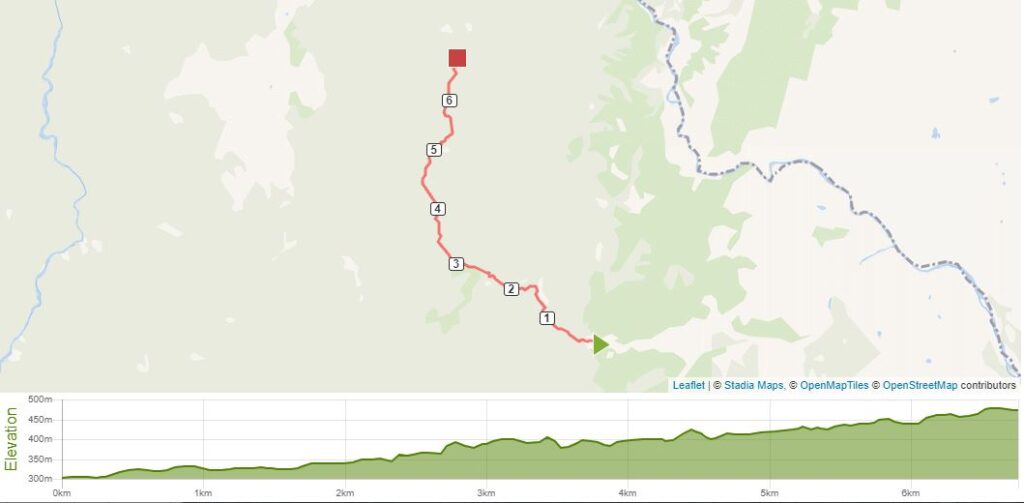
Once again we hiked with another family, though our party was reduced by one due to illness. We rendezvoused at the Holdsworth Camping Area, an hour and half drive from Porirua, and set off. As the gradient image above illustrates the track has a gradual rise as it follows the Atiwhakatu stream. From the carpark for the camping area the path passes a lodge and then you’re under the canopy. The first third or so of the track is very wide as it passes through some lovely forest and another picnic area/campsite. The track is also dog friendly (though at the time we travelled there were warning about pest targeted poison that had recently been distributed and was a danger to dogs) and we saw lots of people out with their dogs for a walk. The track was also popular with day hikers and trail runners, though many turned off and headed uphill to Rocky Lockout and further on Powell’s Hut.
There were lots of bridges, from short and stocky wooden ones that spanned tributaries and narrow gorges to much larger swing bridges. The first major bridge was not long after entering the forest from the Holdsworth Camping Area and was a hefty metal and wooden model with no swing. The views up and down the stream were beautiful. Wandering the wide path I was pointing out the call of the miromiro (North Island tomtit) when one landed on trail ahead giving everyone a good view. It then flew to a trackside branch and started to sing making my instruction irrelevant. The primary birdcall on the tramp was riroriro (grey warbler) with a few tūī heard and seen. We had lunch at the further camping area and were joined by a pair of kererū that swooped into a nearby tree. We saw another pair of kererū above the track on our return and wondered if they were the same birds welcoming us back to their area.
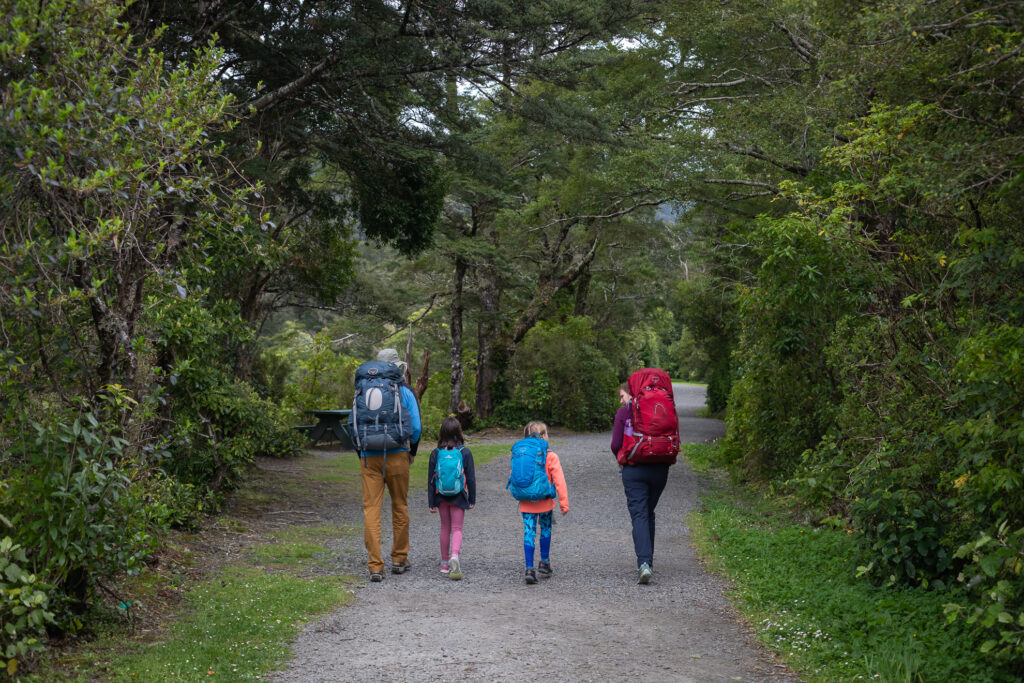
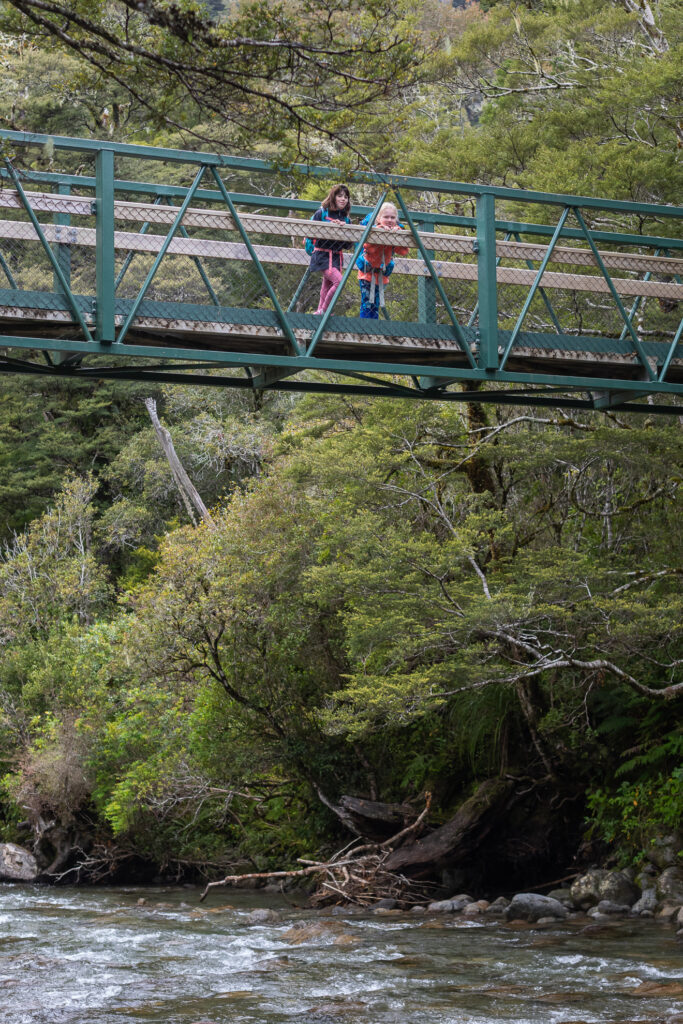
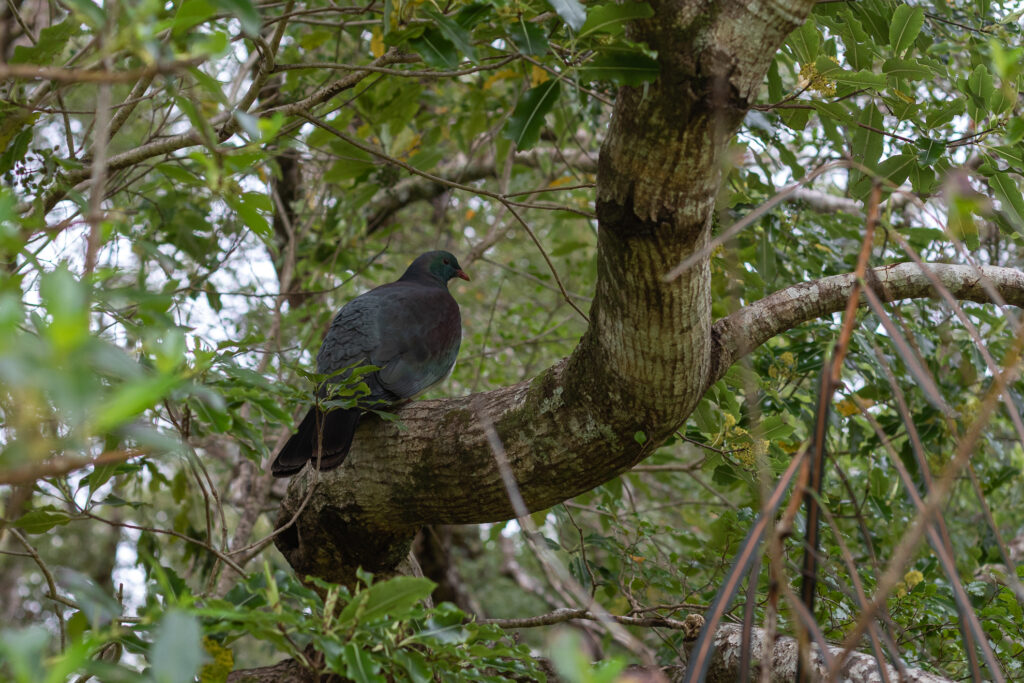
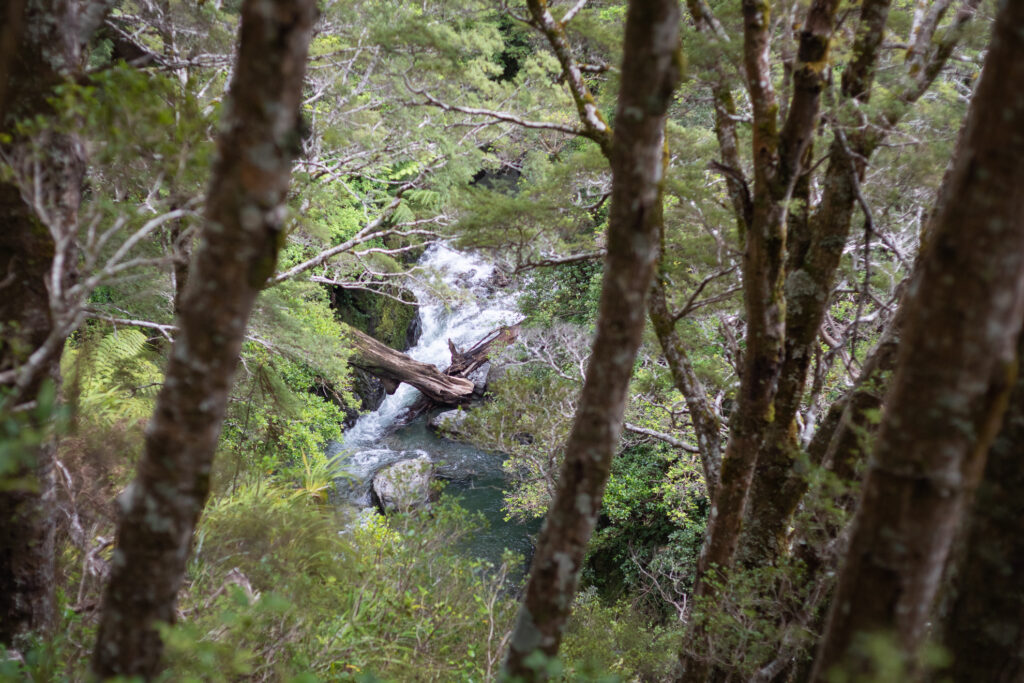
The first proper swing bridge we encountered was suspended fairly high over the stream and was mandated a single-person at a time. We went over one after the other and I was grateful when it my turn that the wire was meshed narrow enough that my lens cap didn’t fall through when it came off midway. In addition to bridges there were also sections of boardwalk elevating the path over boggy ground. The girls dubbed one section the never-ending boardwalk due to its length, I think the boardwalks and swing bridges were their most enjoyable sections of the track.
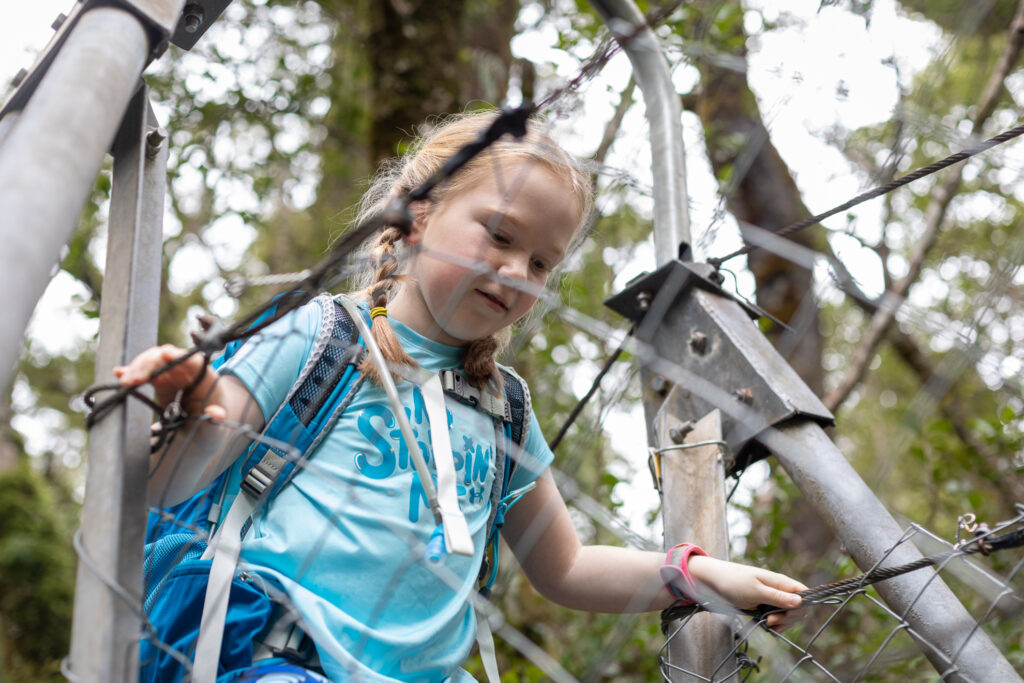
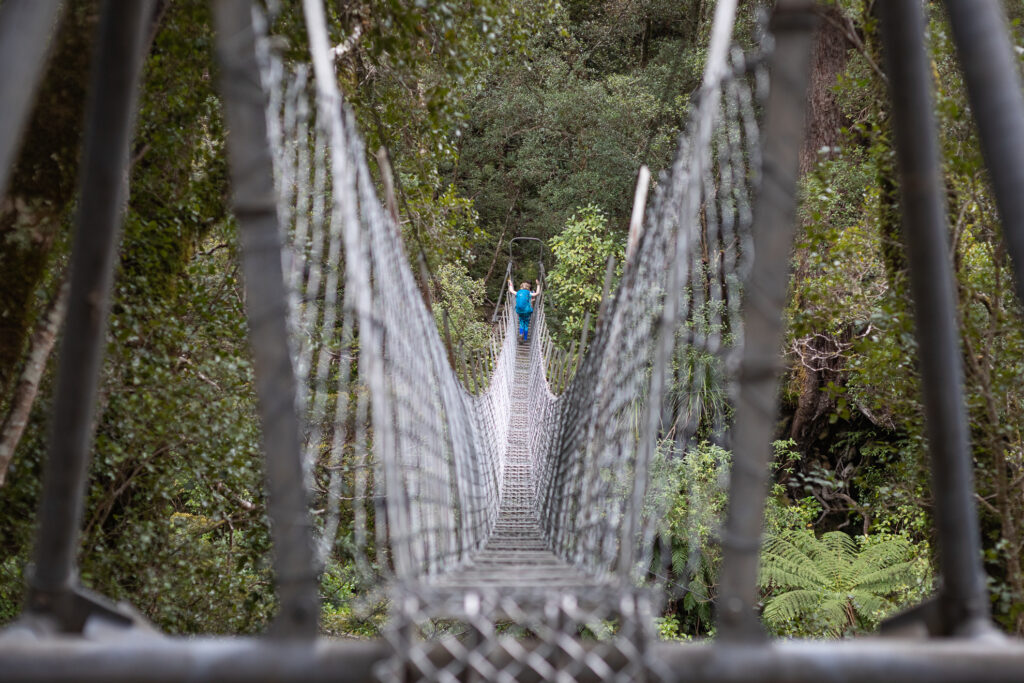
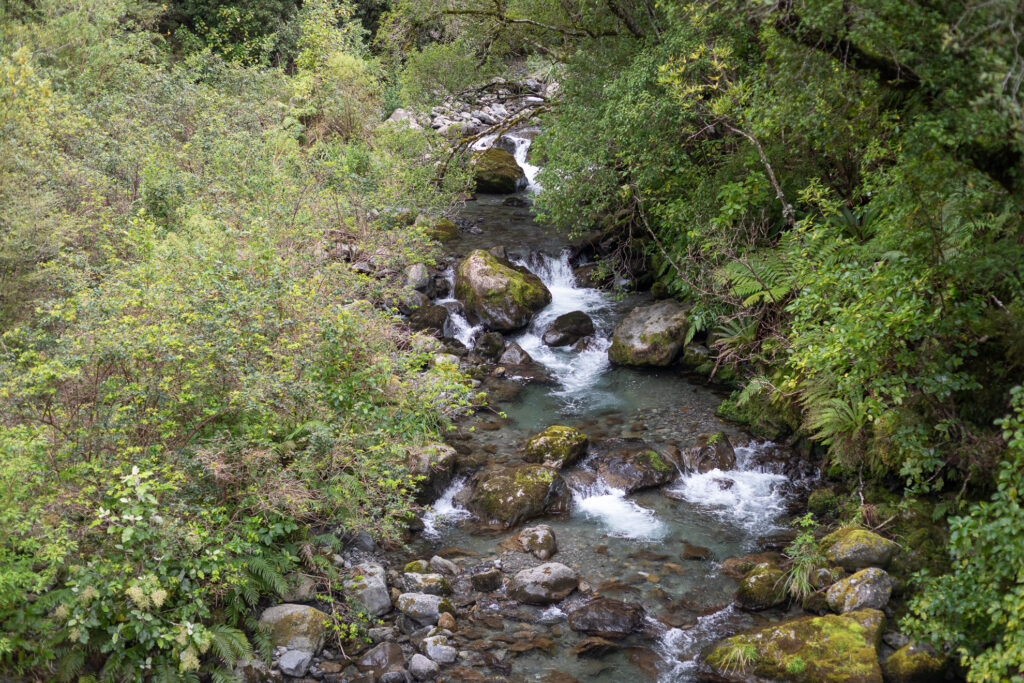
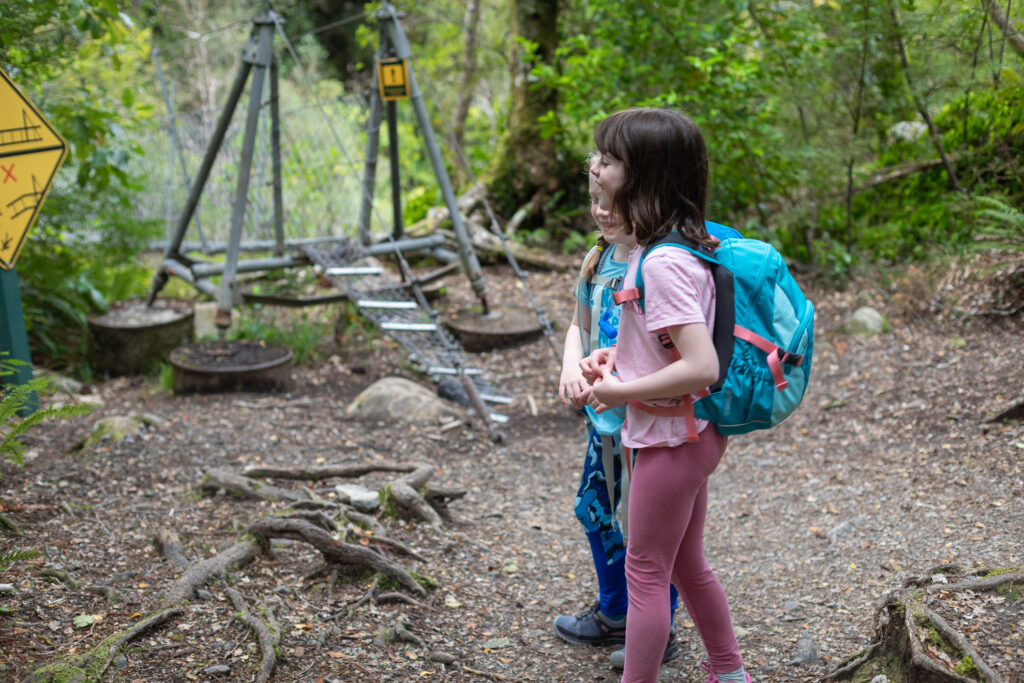
There was a section of track that had been affected by a large slip and hasn’t yet been repaired. This meant that the track had to navigate around the slip and became narrower with a couple of small rocky sections to be negotiated. After this section we stopped and had a rest and snack break. From there on there were more bridges, including one very odd metal bridge that we named the cheese grater for the holes in the walking surface. The forest was changing with more beech as we climbed the valley, there were carpets of ferns, clumps of kidney fern covering the forest floor along with moss. The trees were often covered in more moss, its obviously often wet in the valley. I spied a small stick insect at one point, not realising it had recently shed its skin and appeared to be eating the old covering.
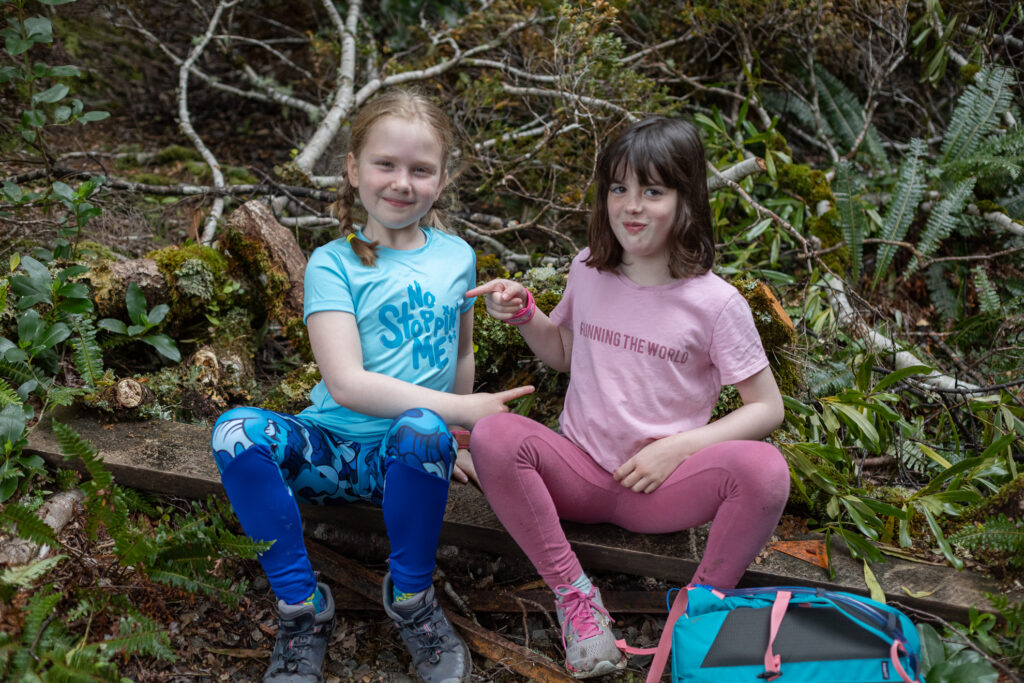
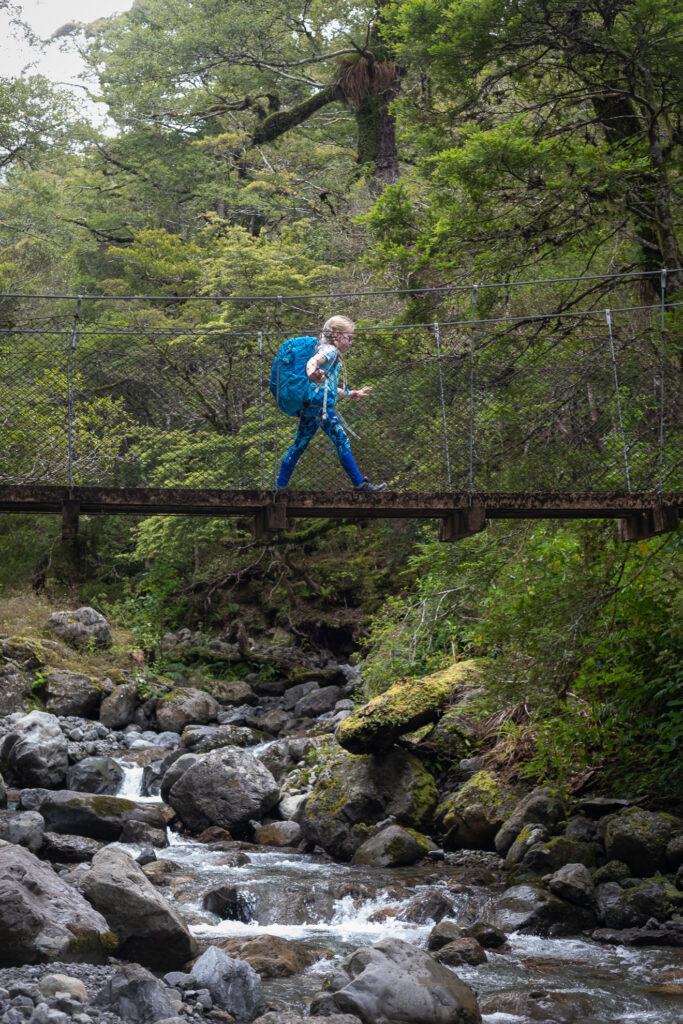
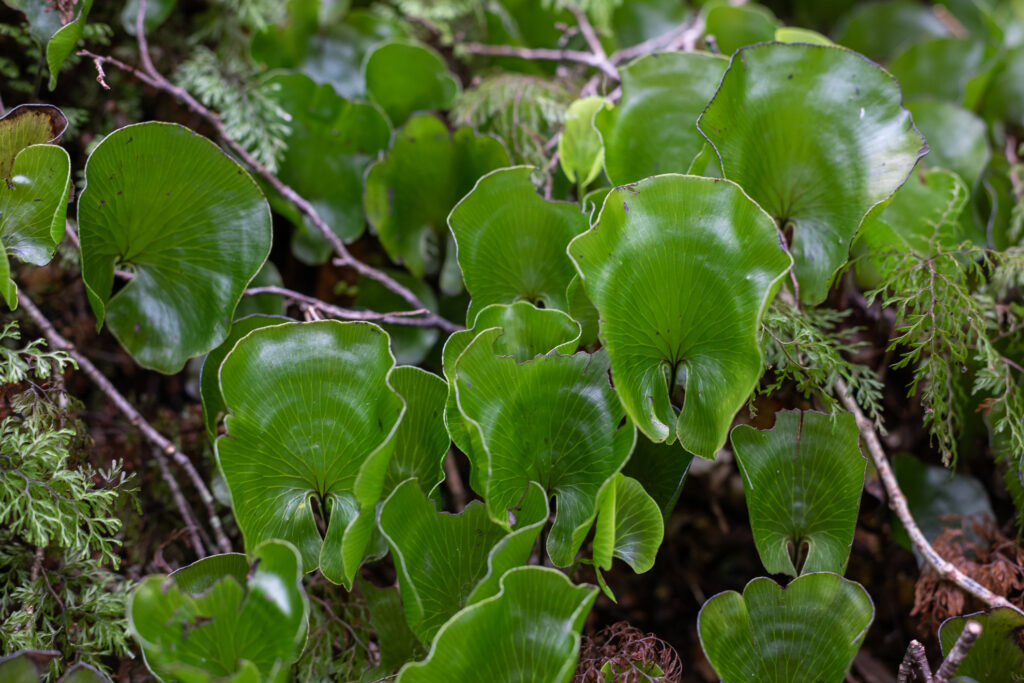
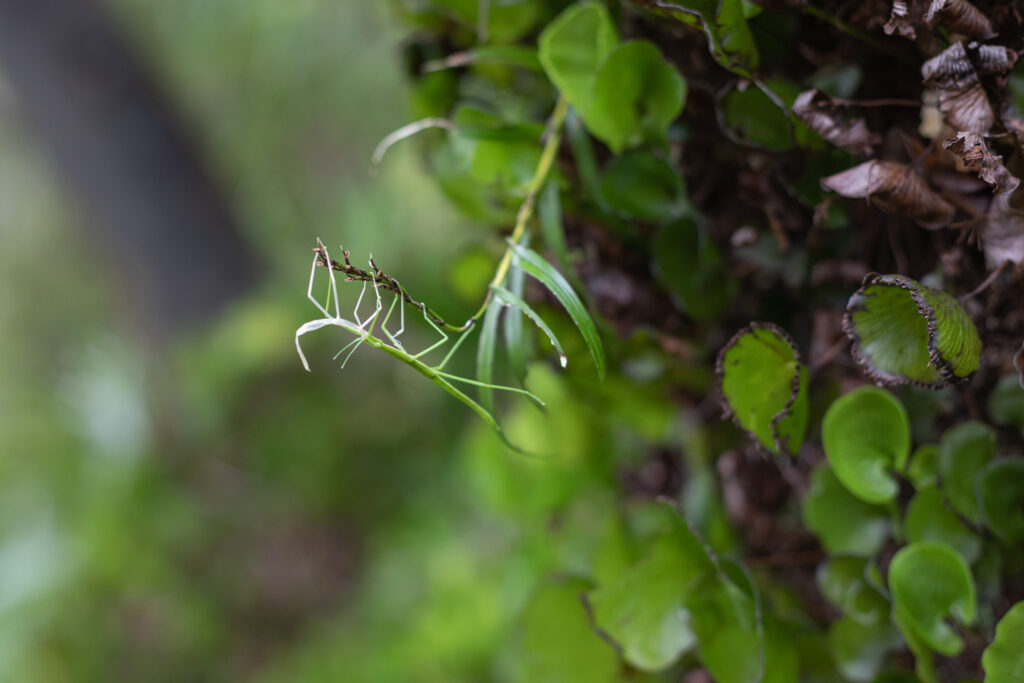
It took us a little over 3 hours to reach the hut, including stops for lunch and snacks. We had been passed by a family with 2 older kids at the last bridge before the hut and there was another family of 3 already in one of the bunk rooms. All up the hut has three bunk rooms with squabs in each that totalled 26 beds. There were 2 composting toilets outside the hut and rainwater was harvested into a water tank so there was running water available at two sinks on the deck outside, though the water needed to be boiled as it wasn’t treated in any way.
There was also another woman who had selected a spot on a lower bunk but that room was otherwise empty, so we put out our sleeping bags across the top bunk of that room, 5 of us fitting across comfortably. A larger group arrived later in the afternoon so the hut was bustling but not full, everyone found room for things like cooking and socialising. The family of 3 included a girl the same age as our 2 so after introductions the 3 girls were often playing together, so that was nice.
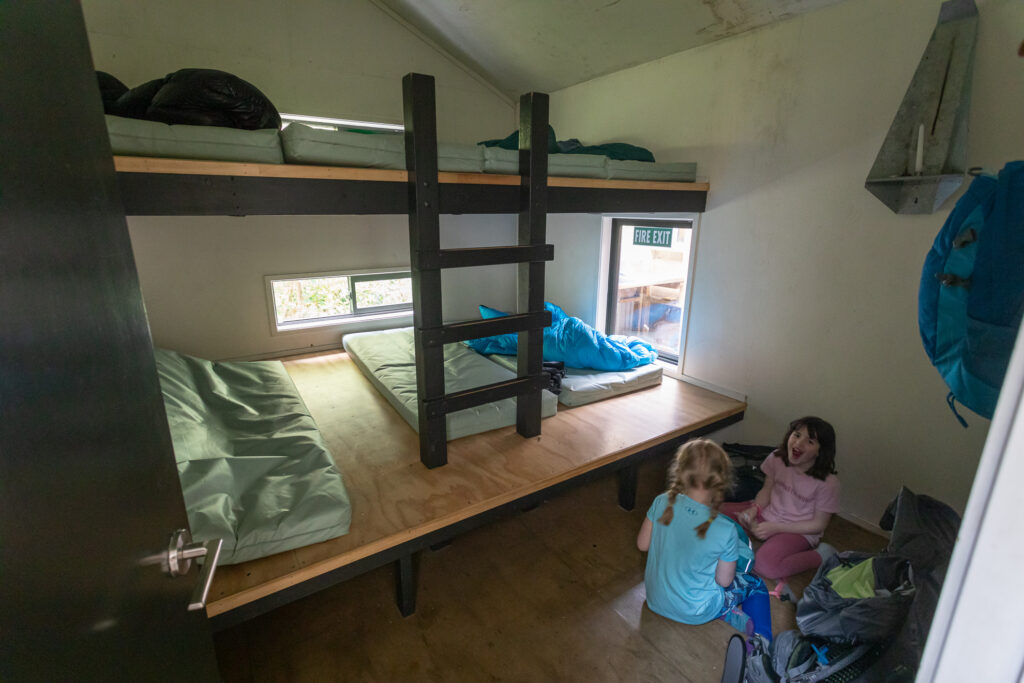
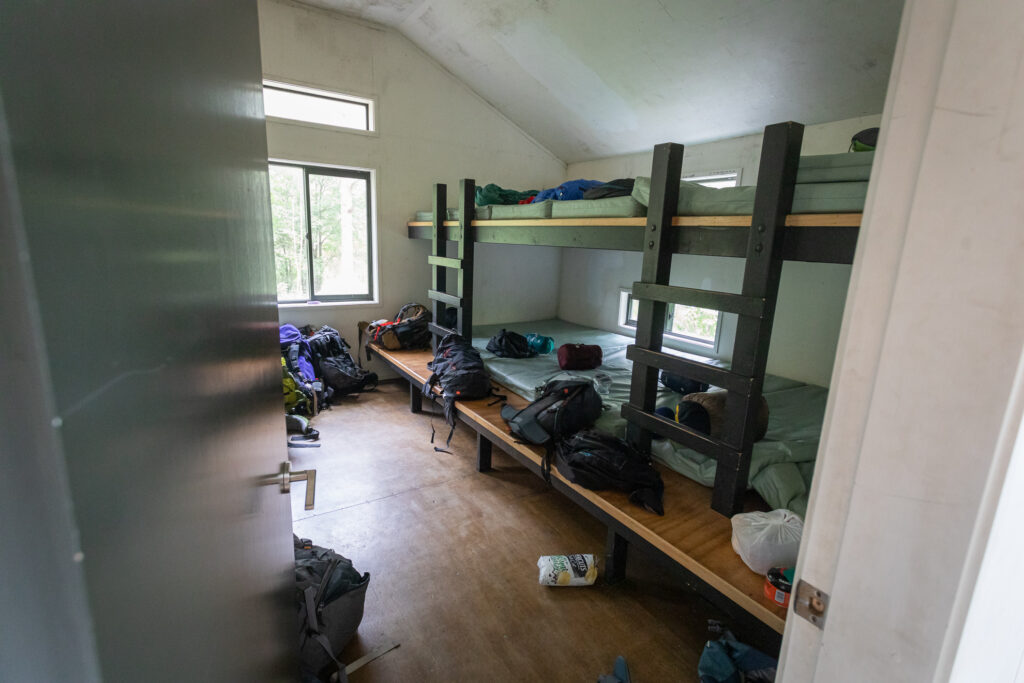
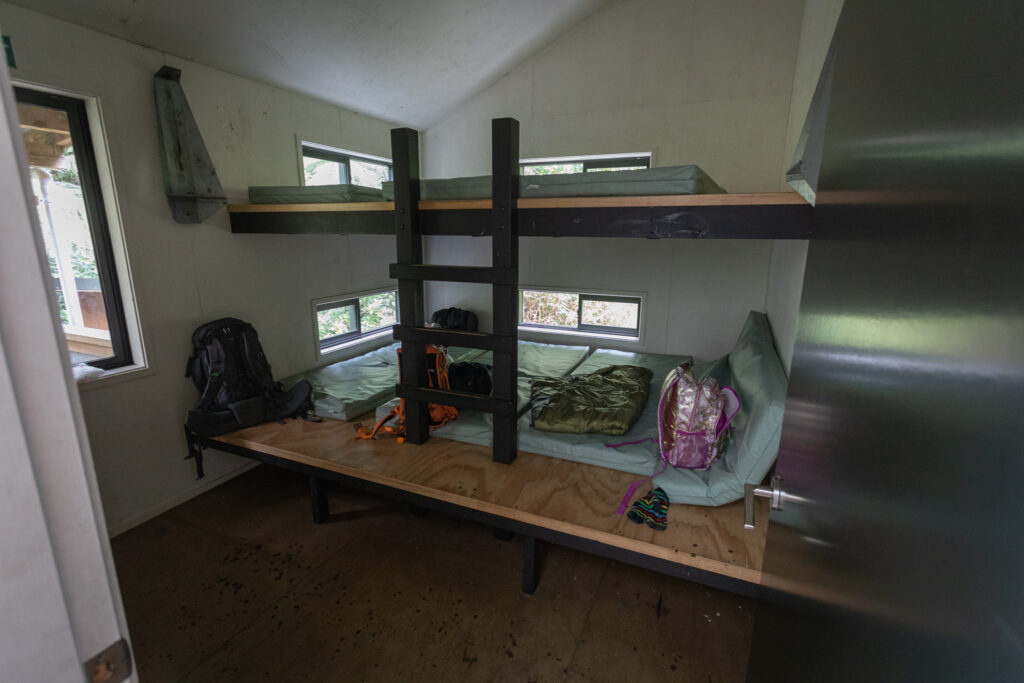
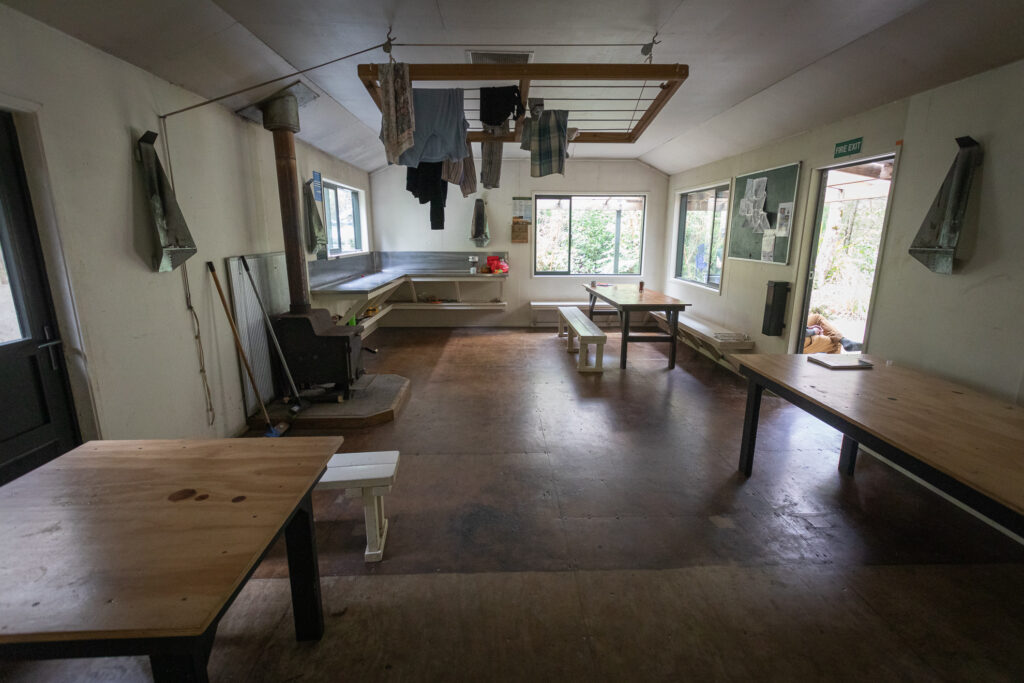
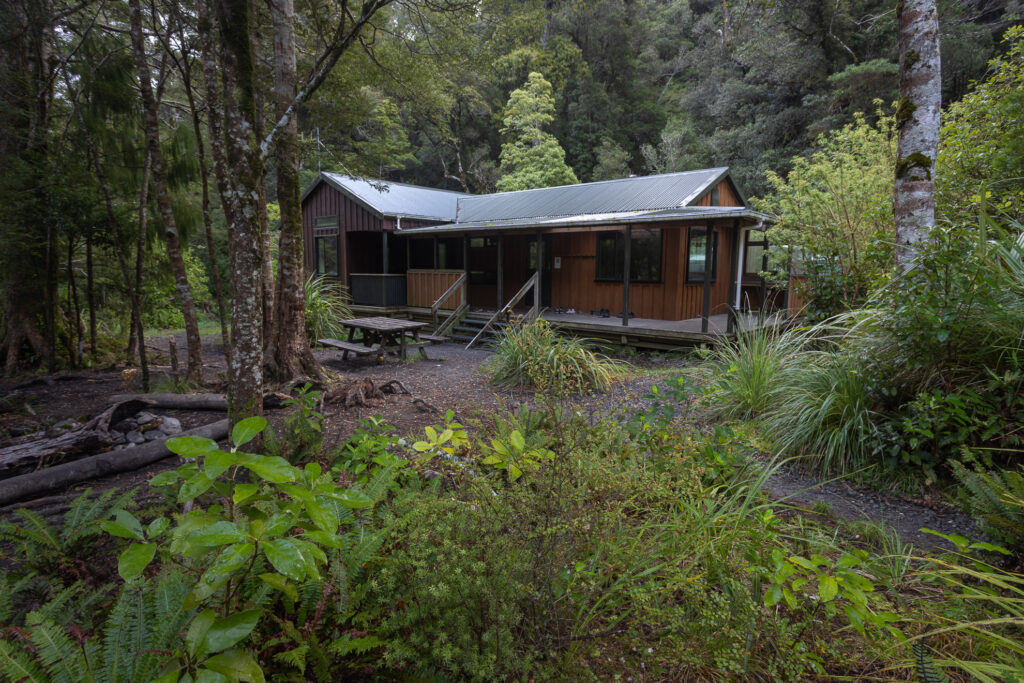
The afternoon and evening were spent exploring the area, playing around (for the girls), playing cards, preparing and having dinner and finally getting ready for bed. The larger group had some hardy souls who took a dip in the stream which was right next to the hut, and one of the family groups got a fire going outside in an area that obviously had been used for fires in the past. A few people had a go at getting the fire going in the stove, the net result was more smoky smell than general heating however. It wasn’t very cold so that was no big issue, and shutting the door to the bunkroom meant the smell didn’t bother us.
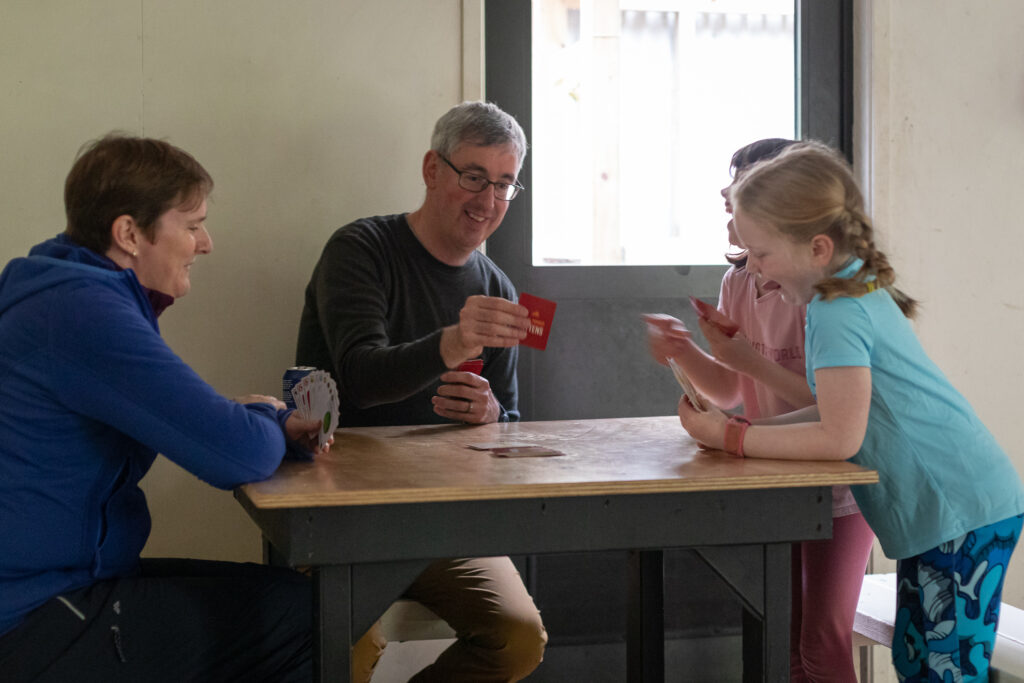
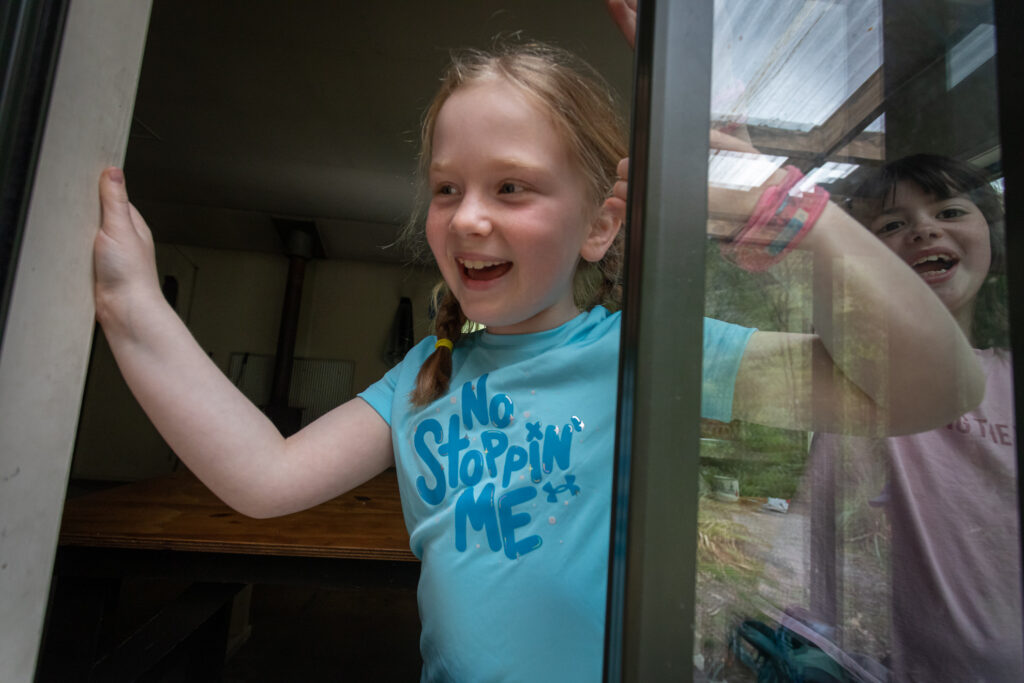
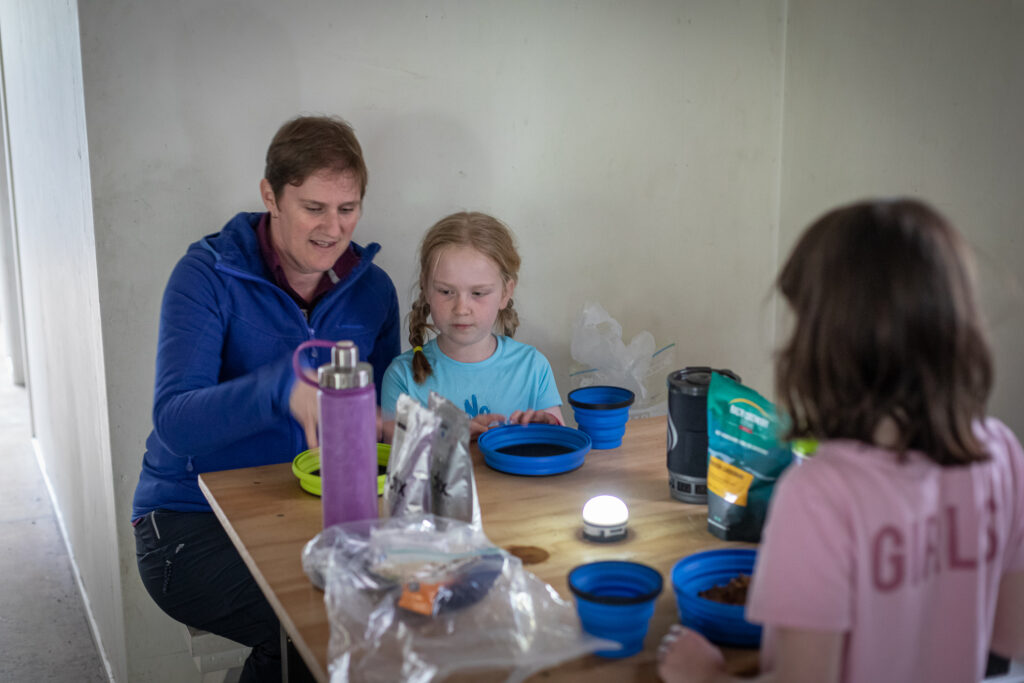
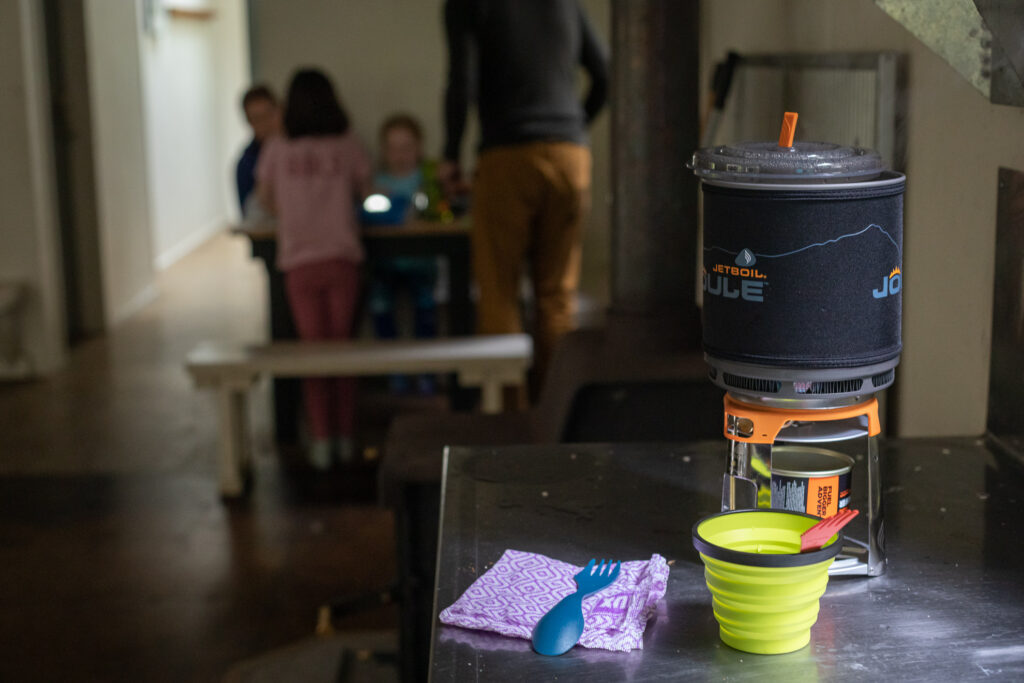
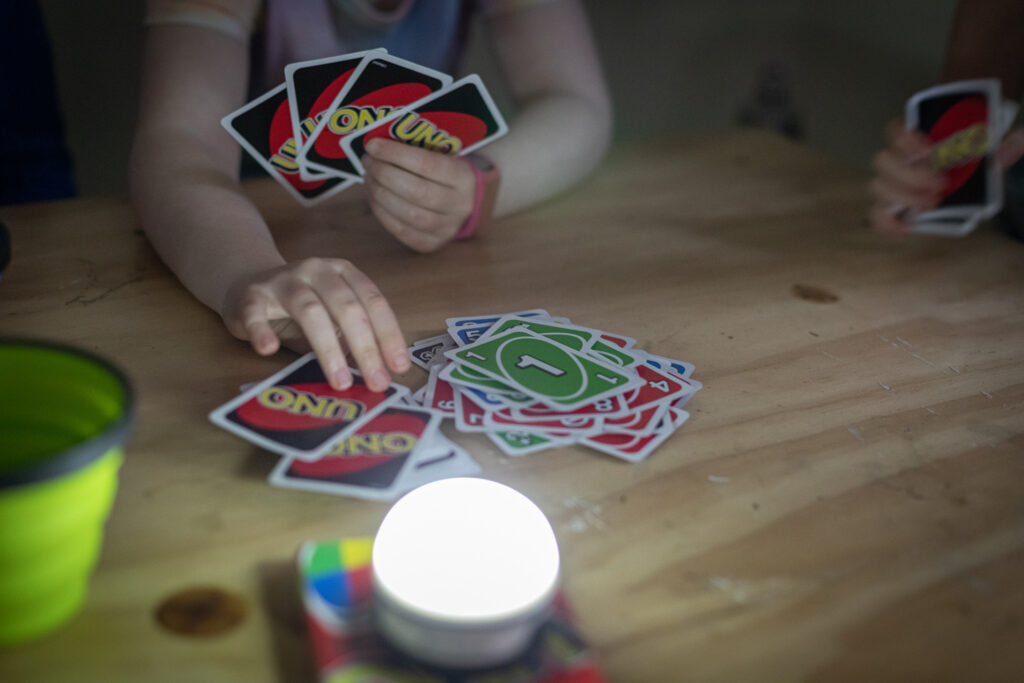
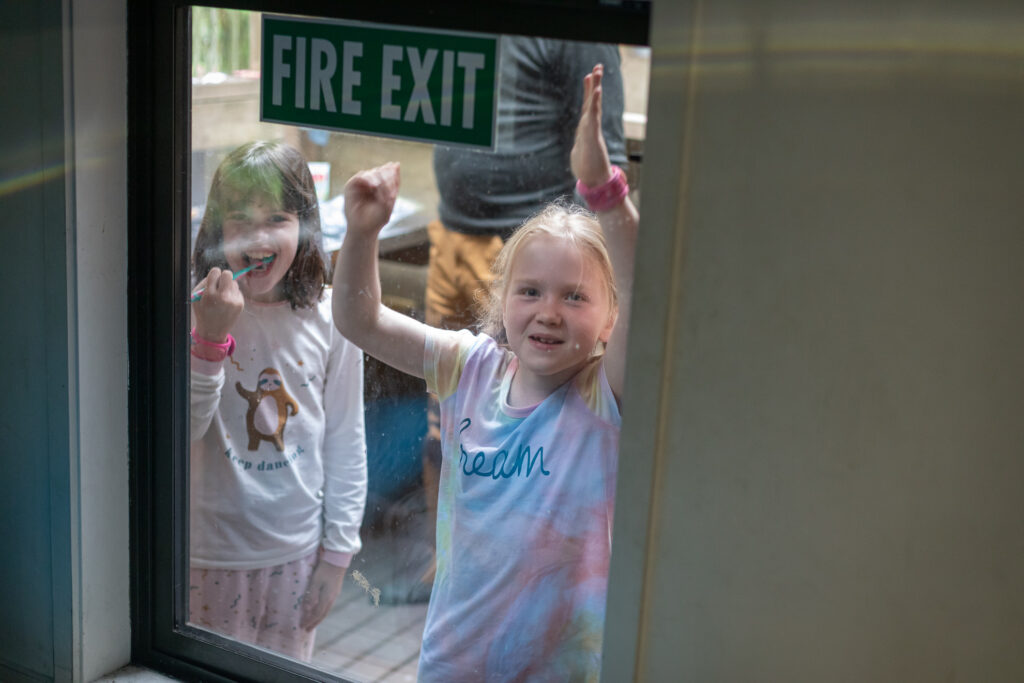
The night passed without incident with varying levels of sleep being achieved. Hut squabs are not the most comfortable bedding, something I need to get used to over more than one night. Anyway, the girls got enough rest. Breakfast was a quicker affair than dinner had been and before long we were all packed and ready to hike back to the cars. Overnight there had been some rain but by morning it was nothing more than occasional light drizzle, so it was nice conditions for walking.



The return tramp saw us meeting less walkers but more runners. As we got closer to the Holdsworth Campsite it got warmer and less overcast and we started encountering more people out with their dogs. The forest was still damp from the overnight rain and the bush glowed with the verdant green of watered vegetation. Bridges and boardwalks were now known and enjoyed, and it wasn’t until we were nearly done that there were any complaints of tiredness. I spotted a painted rock at one point, nestled in a hollow at kid height. We looked but didn’t find more. Occasional clumps of native clematis shone bright against the greenery, happy after the overnight watering. The final, side section of track bought with it numerous opportunities for tree portraits, and there was one tree in particular that had transformed into a grumpy old man of the forest with the addition of rocky teeth and a stone eye.
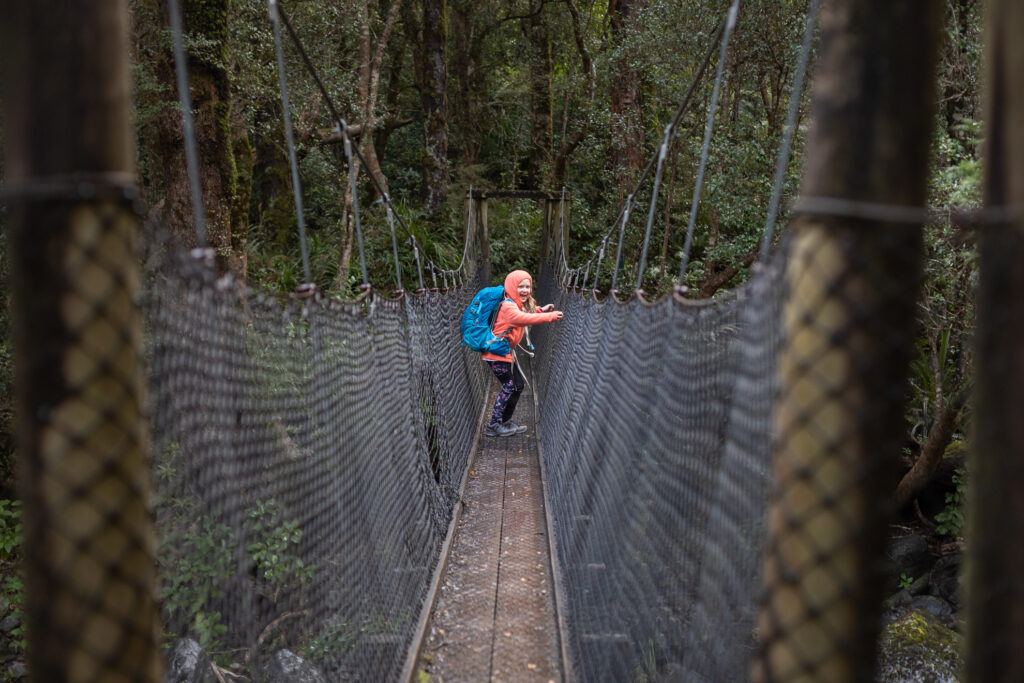
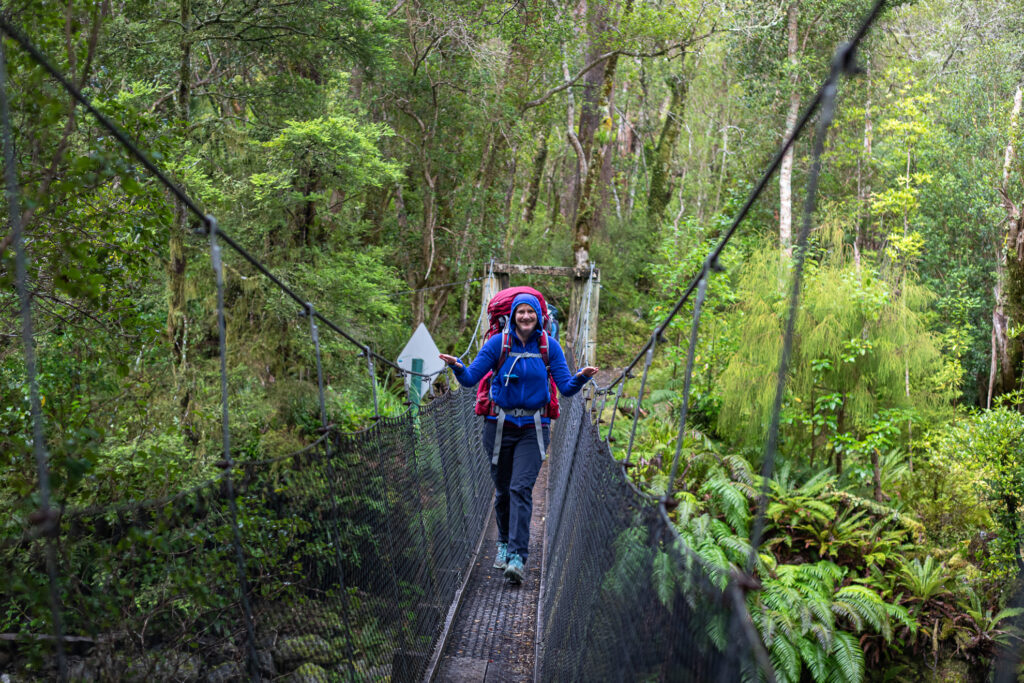
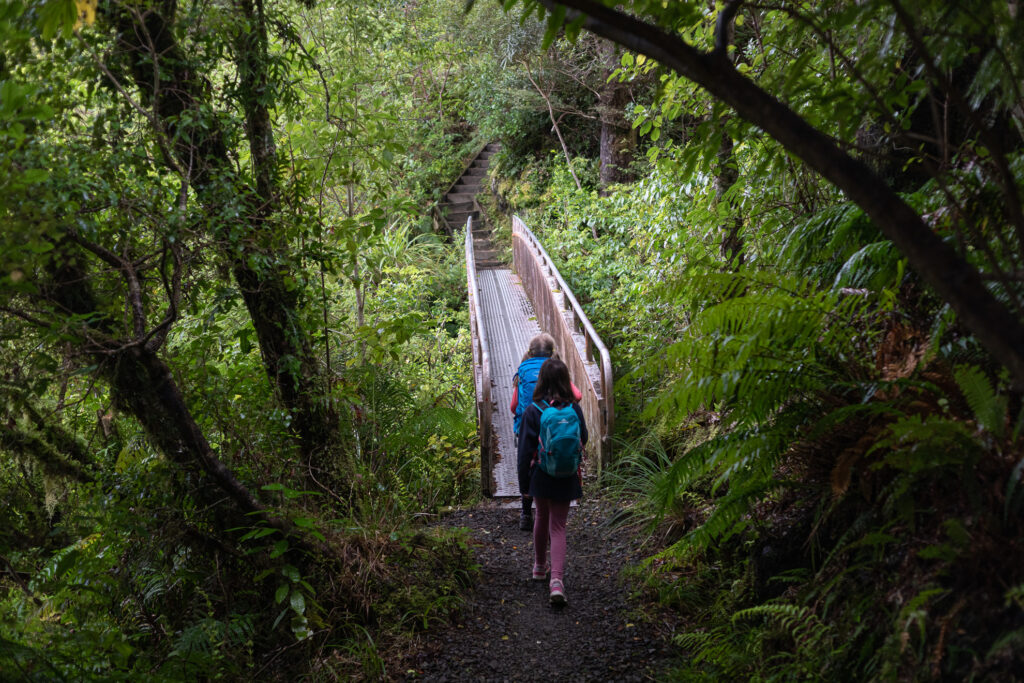
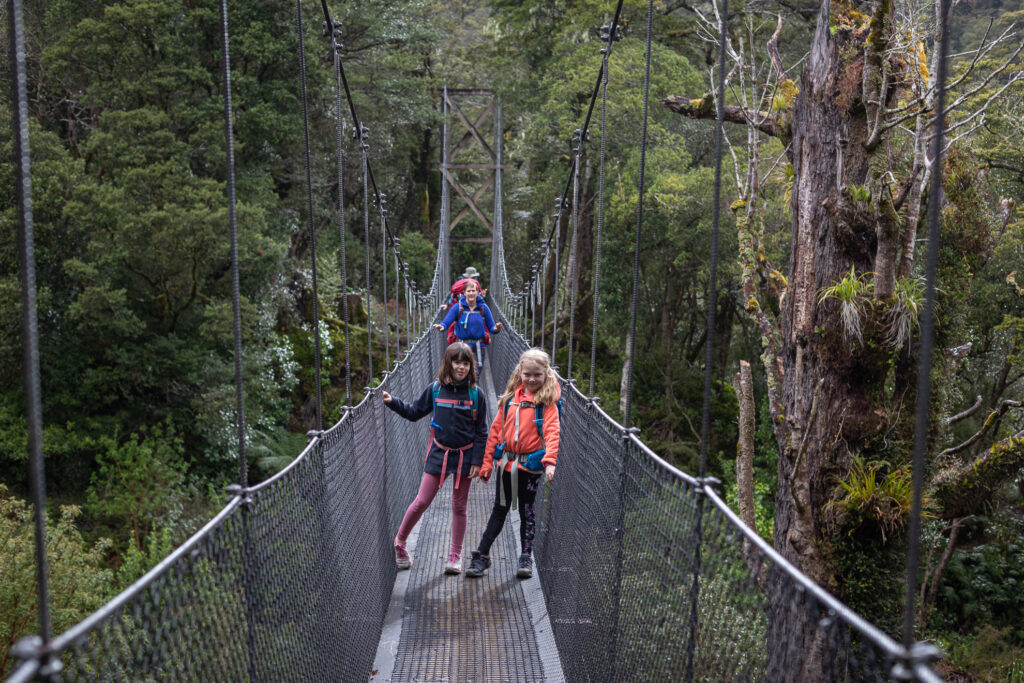
We’ve already got our next hut trip booked, a visit to the Piwakawaka Family hut in the Pukeiti rainforest up in the Taranaki. That’s one for 2022. Sometime in the future we’ll need to return to the Tararua Forest Park and do one of the multi-day loops that takes in some more distant huts, but we’ll need a few more hikes under our belts before we attempt that. In the meantime we’ll keep getting outdoors and exploring the beauty of wild New Zealand, we’ve got so much more to see.





